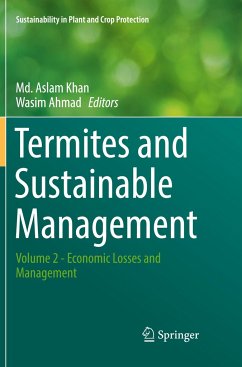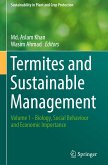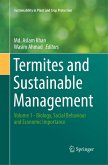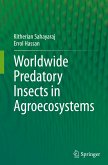This termite Volume 2 comprises 13 chapters in an attempt to bring all available information on sustainable and eco-friendly termite management. The previous Volume considered the biology, social behaviour and economic importance of these insects. Chapters in this book dealing with damage and specific management of fungus-growing termites provide a review on most recent methodologies used for management. Termite damage crops from sowing till harvest. As it is difficult to detect damages in field, usually it is too late when the symptoms are noticed. A separate chapter on issues related to Indian agriculture and the contemporary practices being followed by majority of the Indian farmers is quite informative. Similarly, a case study for termites infesting Malaysian forests constitutes an important contribution. Various issues related to integrated and eco-friendly termite management in tropical conditions have been addressed comprehensively. Potential role of microbes has alsobeen discussed in detail in other chapters. The information contained under these chapters should help termite management in a way that natural resources can be used and maintained for the generations to come. Similarly, the chapter on physical barriers contributes a wealth of information that can be useful all over the world where termite is a problem. Emphasis has been laid on reviewing contribution of synthetic chemical insecticides in termite management. A separate chapter dealing with standard norms in wood protection constitute a significant step in this direction. A further chapter throws light on the potential of biotechnology as a tool in management..








